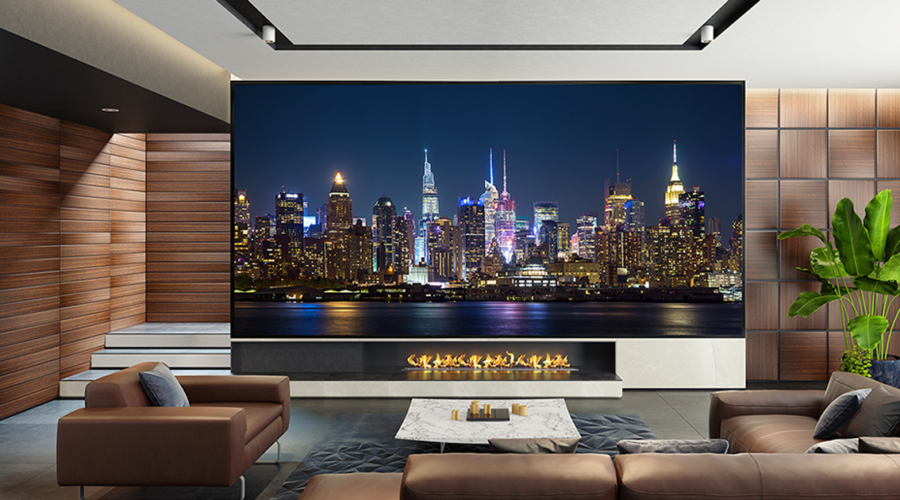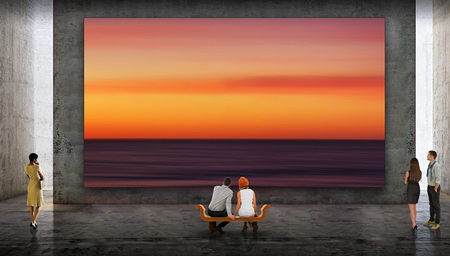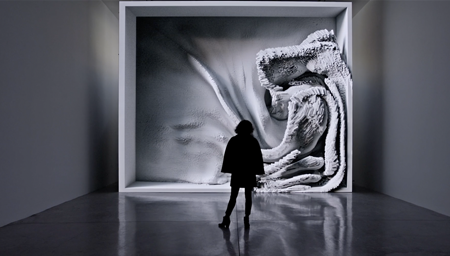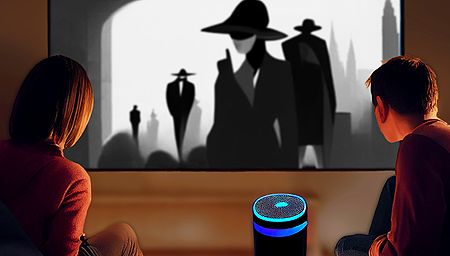Video Walls Go Boutique
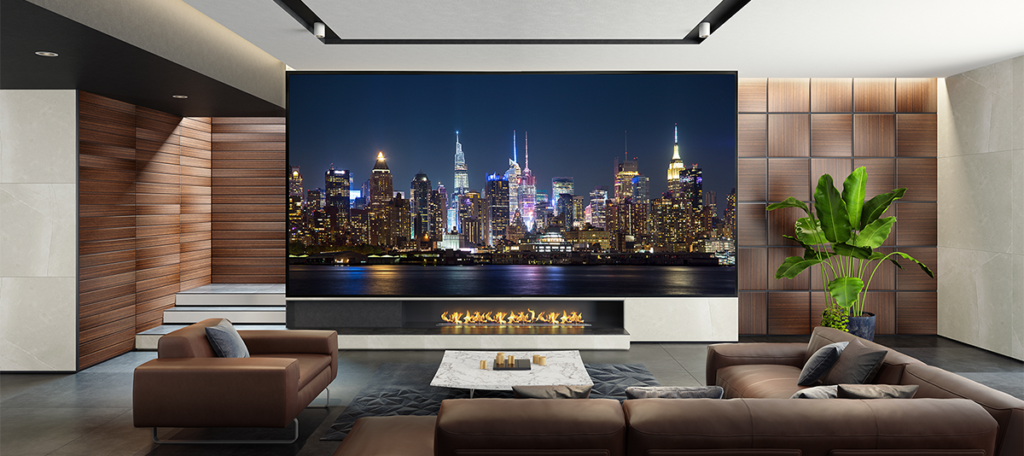
Video Walls Go Boutique
Video walls from the mainstream brands remain a big investment, but that doesn’t mean they’ve worked out all the bugs yet
by Dennis Burger
October 31, 2022
It’s not hard to understand why people lust after video walls. These modular, direct-view screens combine the scale and scope of a traditional projector & screen setup with the viewing flexibility and brightness of TVs. But even though they come mainly from mass-market brands like Sony and Samsung, there’s nothing mass-market about their sizes—or their prices. And while they’re the hottest thing going in luxury home-entertainment spaces, we’ve been hearing reports from the field that there can be problems with both quality and reliability.
Mind you, that’s to be expected with any new display technology. When OLED TVs first became available a decade ago, those tiny but exorbitantly priced screens had the life expectancy of a goldfish won with a ping pong toss at a county fair. Fast-forward to 2022 and OLEDs are ubiquitous. But LG and other OLED manufacturers had one advantage the makers of LED video walls don’t—economies of scale. In other words, the need to keep up with the tremendous demand for OLEDs spurred the technology to evolve more quickly.
But the six-figure price of admission for video walls—a number unlikely to come down any time soon—has led to them just beginning to appear in high-end homes. And given that they’ve been released into the wild before being fully weaned, issues have emerged with performance and reliability, leading to some smaller, more boutique companies offering a more custom approach to these high-end displays.
One of the companies working to make video walls more viable is Quantum Media Systems, which recently launched its customized Cinematic XDR LED video wall, designed to address the issues that specifically affect luxury entertainment spaces. By investing in upgraded electronics, processing, and image-enhancement and heat-mitigation technology (important, given that most video walls seem to generate more heat than light), QMS has developed an expandable, highly customizable wall that can be configured for virtually any screen size and shape.
Quantum claims its display systems can deliver color rendering and brightness as good as high-performance HDR TVs, and that it can achieve screen sizes every bit as big as a two-piece projection system, but with only four inches of space required behind the screen. What’s more, because the Cinematic XDR LED video wall produces as much light as it does, its image can be clearly seen even in fully sunlit rooms.
LED walls will inevitably shed their training wheels and continue to improve as time goes on—although perhaps not as quickly as other residential video-display technologies. In the meantime, companies like Quantum will attempt to bridge the performance and reliability gaps with highly customized premium offerings like the Cinematic XDR.
Dennis Burger is an avid Star Wars scholar, Tolkien fanatic, and Corvette enthusiast who somehow also manages to find time for technological passions including high-end audio, home automation, and video gaming. He lives in the armpit of Alabama with his wife Bethany and their four-legged child Bruno, a 75-pound American Staffordshire Terrier who thinks he’s a Pomeranian.
© 2025 Cineluxe LLC
